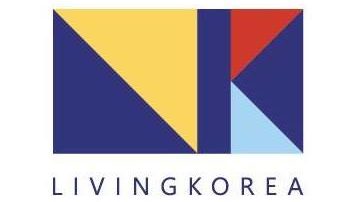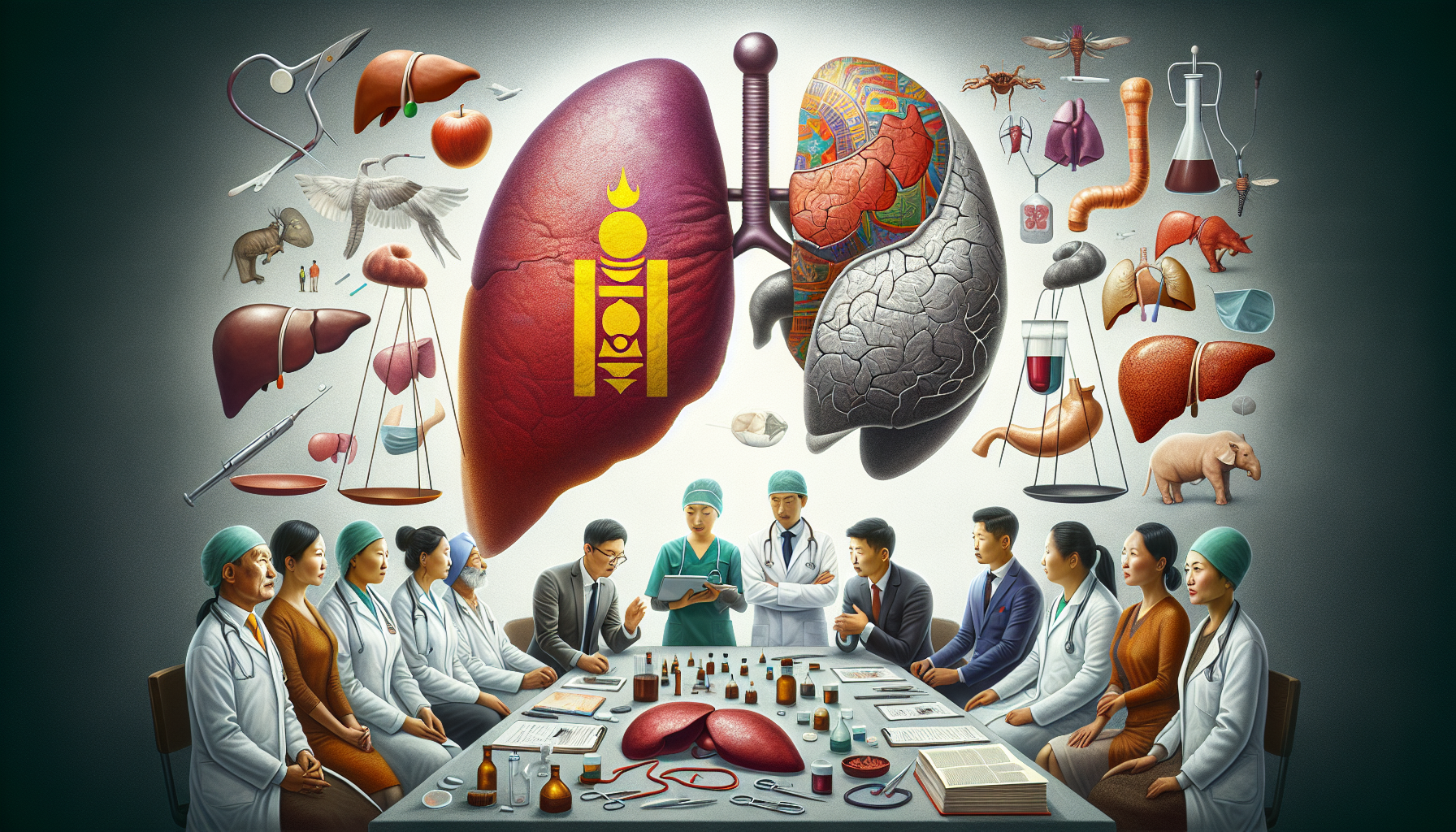A Remarkable Medical Journey: Transforming Liver Transplantation in Mongolia
Have you ever imagined a country struggling with the world's highest liver cancer mortality rate triumphing over its medical challenges to become self-sufficient in a crucial medical procedure like liver transplantation? This is the inspiring story of Mongolia and its partnership with South Korea’s Seoul Asan Medical Center.
The Dire Need in Mongolia for Liver Transplantation
In Mongolia, liver cancer had been a leading cause of death, presenting a grim challenge for the nation due to its scarce local medical resources and expertise in liver transplants. Desperate for solutions, the Mongolian government faced the difficult reality of sending patients abroad for treatment. However, this situation changed through a partnership with the Seoul Asan Medical Center, which began aiding Mongolia in mastering liver transplantation procedures.
Initiating the Vision: The Beginning of a Lifesaving Partnership
Back in 2010, the first steps of this ambitious journey started when Seoul Asan Medical Center, at the request of the Mongolian government, initiated a training program to equip Mongolian medical professionals with the skills necessary for liver transplant operations. Over 15 years, this intensive collaboration resulted in over 300 successful liver transplants in Mongolia, offering renewed hope and life to countless patients who otherwise would have been left with limited options.
Building Capacity: Training and Exchange Programs
A cornerstone of this endeavor was the structured training of Mongolian medical staff. Seoul Asan Medical Center welcomed a total of 192 Mongolian medical professionals, including surgeons and nurses, to South Korea for in-depth training. Simultaneously, South Korean teams traveled to Mongolia to assist directly in surgeries and help establish a robust transplantation system at local hospitals, particularly at the National First Hospital in Ulaanbaatar.
Achieving Milestones: Mongolia's First Independent Liver Transplants
One of the project’s significant achievements occurred in February 2011, when the Seoul Asan Medical Center team successfully assisted Mongolian doctors in performing the nation's first liver transplant operations. These groundbreaking surgeries, including the first pediatric liver transplant, marked a pivotal moment in the collaboration, proving that Mongolian hospitals could eventually conduct these procedures independently.
Transformative Technique: Laparoscopic Liver Donor Surgery
Fast forward to March 2025, a new milestone was achieved when Mongolian doctors successfully performed a laparoscopic donor liver resection—a minimally invasive procedure that signifies a high level of surgical expertise. This complex surgery involved the participation of a specialized team from Seoul to ensure its success, symbolizing the culmination of years of training and dedication.
Celebrating Success: The Impact and Future of Medical Self-Sufficiency
Through the Asan-in-Asia project, Seoul Asan Medical Center has not only enabled medical autonomy in Mongolia but has also made significant strides in its broader mission across Asia. The program echoes the spirit of 1950s aid received by Korea, as it now extends similar support to other countries like Vietnam, aiming to uplift and empower under-resourced medical communities.
Concluding Reflections: The Power of International Collaboration
This powerful narrative demonstrates how determined partnerships and knowledge exchange can bridge gaps and transform healthcare landscapes. As more countries face similar challenges in delivering complex medical care, may this story serve as a beacon of what can be achieved through collaboration, vision, and unwavering commitment to improving human health globally.
Could your community benefit from such international collaborations? What areas in healthcare partnerships need more focus? Join the conversation and explore how we can further harness global resources for brighter, healthier futures everywhere.

